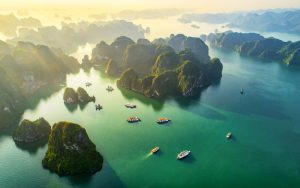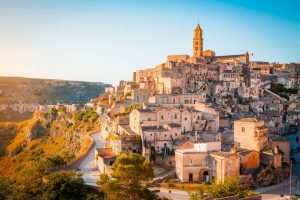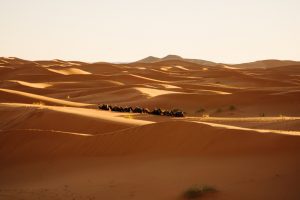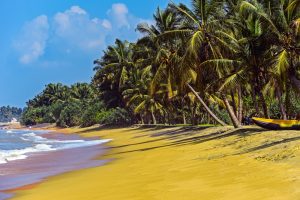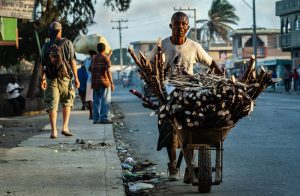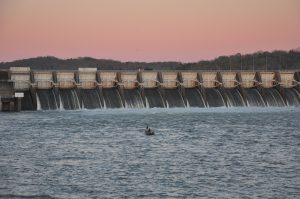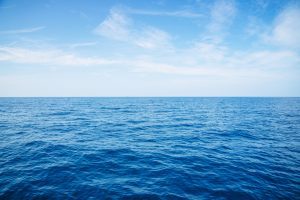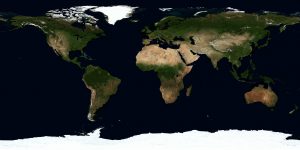Did you know that Earth has a surface area of 196,939,900 mi² (510,072,000 km²)? Almost 30% of the Earth’s surface is land, which measures about 57,506,055 mi² (148,940,000 km²).
In terms of continent size, Asia covers 30% of Earth’s surface, Africa is 20.3%, North America is 16.3%, South America is 12%, Antarctica is 8.9%, Europe is 6.7%, and Australia is 5.2%.
In this article, we list the 30 largest countries in the world when ranked by area. We noted the total area of each country, which includes both land and water measurements.
The largest country by area in the world is Russia, which covers an expansive total area of 6,601,670 mi² (17,098,246 km²). This is followed by Canada, the second largest with an area of 3,855,101 mi² (9,984,670 km²), and China, the third largest with an area of 3,705,405 mi² (9,596,961 km²).
Table of Contents
The Largest Countries in the World
| Number | Country | Total area (mi²) | Total area (km²) |
|---|---|---|---|
| 1 | Russia | 6,601,670 | 17,098,246 |
| 2 | Canada | 3,855,101 | 9,984,666 |
| 3 | China | 3,705,405 | 9,596,955 |
| 4 | United States | 3,677,649 | 9,525,067 |
| 5 | Brazil | 3,287,956 | 8,515,767 |
| 6 | Australia | 2,969,907 | 7,692,024 |
| 7 | India | 1,269,219 | 3,287,263 |
| 8 | Argentina | 1,073,518 | 2,780,400 |
| 9 | Kazakhstan | 1,052,090 | 2,724,900 |
| 10 | Algeria | 919,595 | 2,381,741 |
| 11 | The Democratic Republic of the Congo | 905,355 | 2,344,858 |
| 12 | Greenland | 836,330 | 2,166,086 |
| 13 | Saudi Arabia | 830,000 | 2,149,690 |
| 14 | Mexico | 758,449 | 1,964,375 |
| 15 | Indonesia | 737,815 | 1,910,931 |
| 16 | Sudan | 718,723 | 1,861,484 |
| 17 | Libya | 679,362 | 1,759,540 |
| 18 | Iran | 636,372 | 1,648,195 |
| 19 | Mongolia | 603,906 | 1,564,110 |
| 20 | Peru | 496,225 | 1,285,216 |
| 21 | Chad | 495,755 | 1,284,000 |
| 22 | Niger | 489,191 | 1,267,000 |
| 23 | Angola | 481,354 | 1,246,700 |
| 24 | Mali | 478,841 | 1,240,192 |
| 25 | South Africa | 471,445 | 1,221,037 |
| 26 | Colombia | 440,831 | 1,141,748 |
| 27 | Ethiopia | 426,373 | 1,104,300 |
| 28 | Bolivia | 424,164 | 1,098,581 |
| 29 | Mauritania | 397,955 | 1,030,700 |
| 30 | Egypt | 387,048 | 1,002,450 |
1. Russia – 6,601,670 mi²

- Total area: 6,601,670 mi² (17,098,246 km²)
- Population: 142,021,981
- Population Density: 21.8/mi² (8.4/km²)
- Capital: Moscow
Located in North Asia and the Arctic Ocean, Russia is the largest country by area with a total area of 6,601,670 mi².
It also has the ninth largest population in the world, having a total of 142,021,981 residents. Russia is known for maintaining one of the largest economies in the world, its rich history, and several ethnic groups including Russian, Tatar, Ukrainian, Bashkir, Chuvash, and Chechen.
2. Canada – 3,855,101 mi²

- Total area: 3,855,101 mi² (9,984,666 km²)
- Population: 38,654,738
- Population Density: 10.9/mi² (4.2/km²)
- Capital: Ottawa
Ice hockey, maple syrup, and well-known beautiful natural sceneries are just some of the most popular reasons why people love Canada.
Aside from being the second-largest country by area, it is also the eighth country with the largest economy which is fueled by trading, manufacturing, and mining.
English is not the only official language spoken in Canada, but French is as well and is widely used in Quebec.
3. China – 3,705,405 mi²
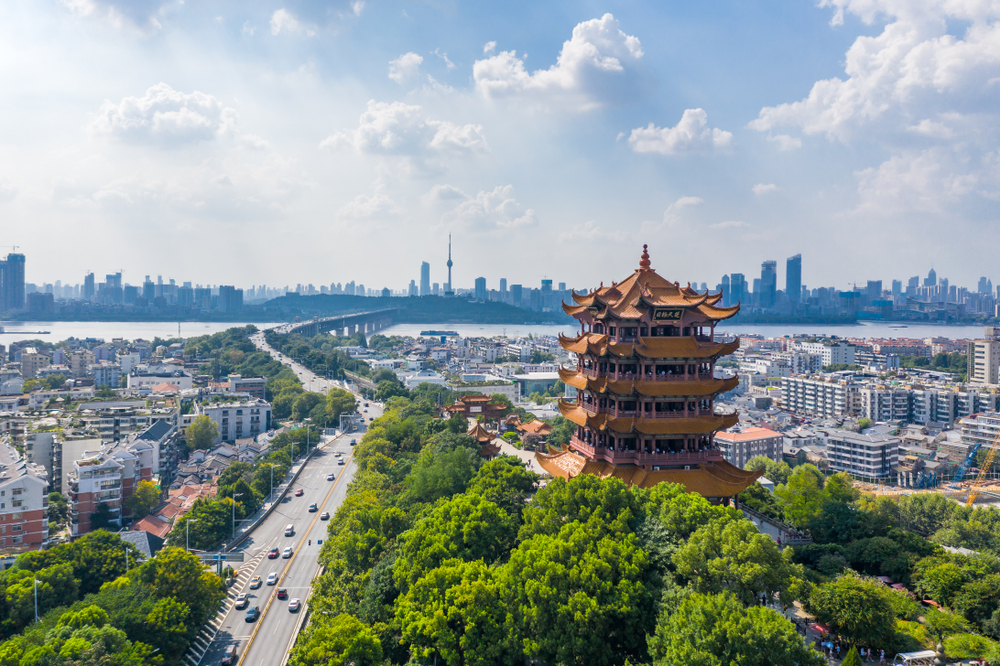
- Total area: 3,705,405 mi² (9,596,955 km²)
- Population: 1,412,600,000
- Population Density: 375.5/mi² (145/km²)
- Capital: Beijing
Known as the Factory of the World and the largest producer of food in the world, China is the third largest country by area with a total area of 3,705,405 mi² (9,596,961 km²).
It is also the most populated country in the world with 1,412,600,000 residents. The wealth of China is maintained by several industries including foreign trade, agriculture, and mining.
4. United States – 3,677,649 mi²

- Total area: 3,677,649 mi² (9,525,067 km²)
- Population: 331,893,745
- Population Density: 87/mi² (33.6/km²)
- Capital: Washington, D.C.
The United States is composed of 50 states and 19,495 incorporated cities and towns covering the country’s total area of mi 3,796,743 mi² (9,833,520 km²).
New York City is its largest city by population with 8,804,190 residents. Moreover, its Real GDP (PPP) ranks the second largest in the world, with $25.35 trillion.
5. Brazil – 3,287,956 mi²
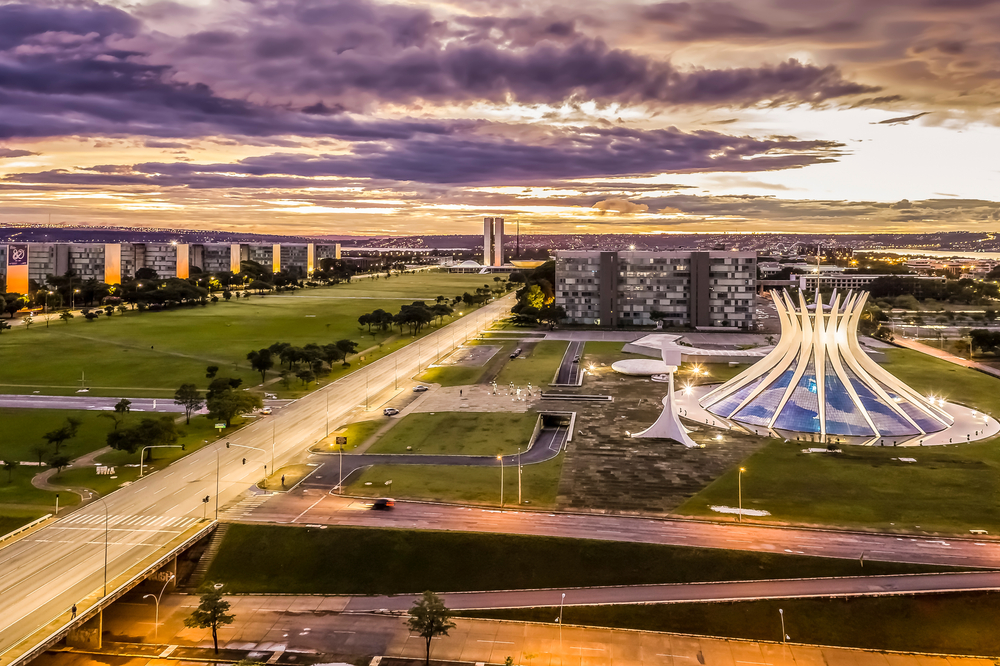
- Total area: 3,287,956 mi² (8,515,767 km²)
- Population: 214,047,375
- Population Density: 64.7/mi² (25/km²)
- Capital: Brasília
Brazil is famous for many things, including the iconic carnival festival, soccer, UNESCO World Heritage Sites, and stunning rainforests.
It is the fifth largest country by area in the world and the largest country in South America with 3,287,956 mi² (8,515,767 km²) total area.
Brasilia is its capital, while São Paulo is its most populated city with 12,400,232 people.
6. Australia – 2,969,907 mi²
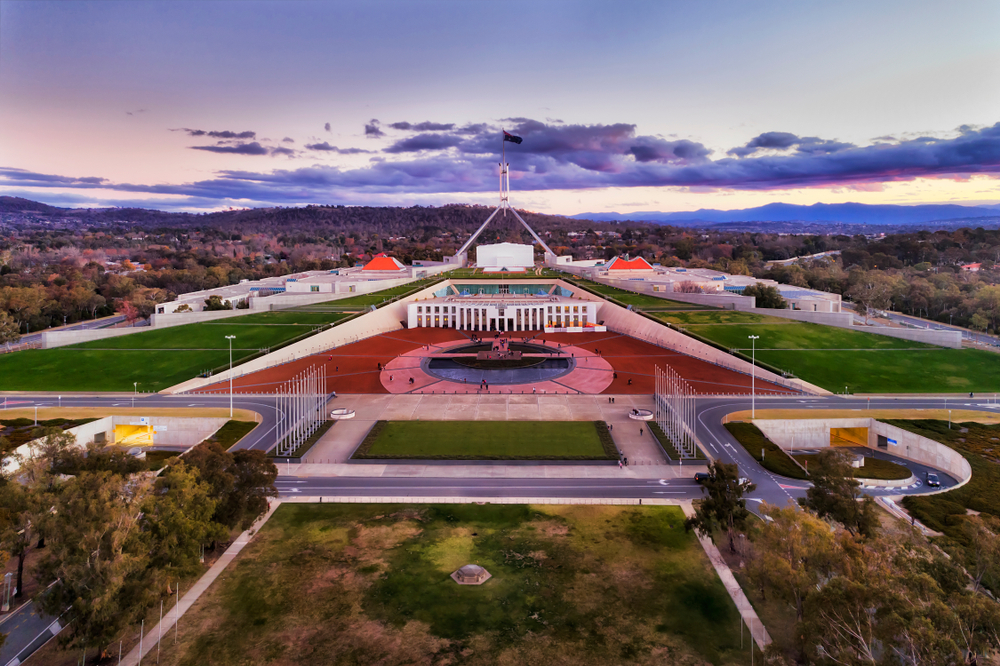
- Total area: 2,969,907 mi² (7,692,024 km²)
- Population: 25,927,600
- Population Density: 8.8/mi² (3.4/km²)
- Capital: Canberra
With a total area of 2,969,907 mi² (7,692,024 km²), Australia ranks the sixth largest country in the world. The country also ranks among the highest in the list of countries with the largest economy and the best quality of life.
Its economy thrives in various industries including mining, wine, and technology.
7. India – 1,269,219 mi²

- Total area: 1,269,219 mi² (3,287,263 km²)
- Population: 1,407,563,842
- Population Density: 1,078.7/mi² (416.5/km²)
- Capital: New Delhi
Famous for its historical monuments, cuisine, spices, and cricket, India ranks seventh with the largest area in the world with a total area of 1,269,219 mi² (3,287,263 km²).
Delhi is its largest city covering a total area of 1,483 km2. India has 447 native languages, of which Hindi and English are the official languages.
8. Argentina – 1,073,518 mi²
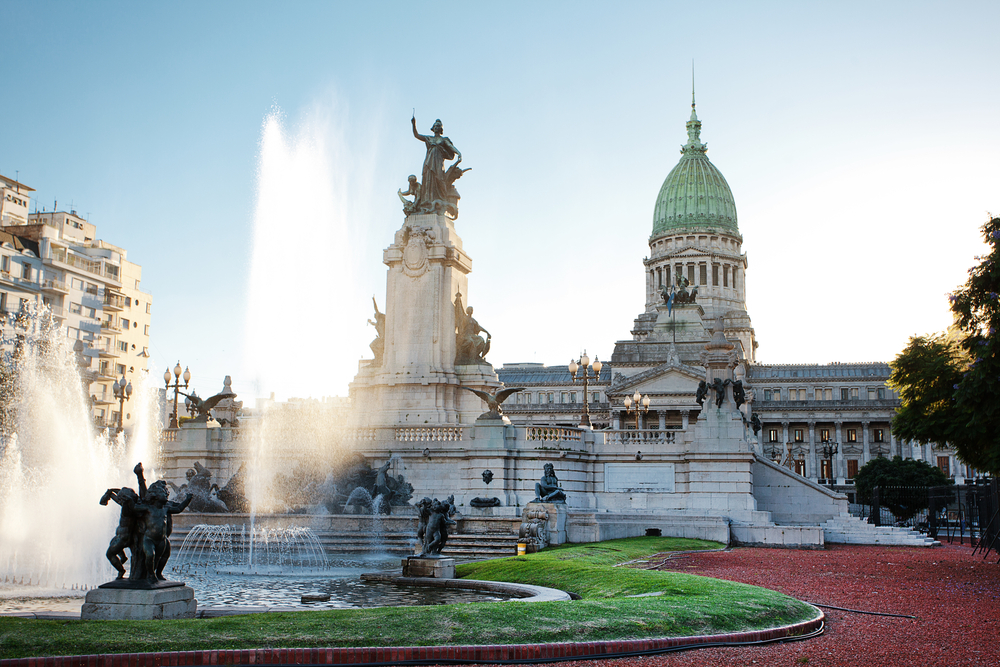
- Total area: 1,073,518 mi² (2,780,400 km²)
- Population: 47,327,407
- Population Density: 37.3/mi² (14.4/km²)
- Capital: Buenos Aires
The second largest country in South America is Argentina, spanning a total area of 1,073,518 mi² (2,780,400 km²) where 47,327,407 people live.
Beautiful Patagonia, Iguazu Falls, soccer, and tango are some popular attributes of Argentina. In addition, Pope Francis was born in Argentina and is actually the first pope from the Americas.
9. Kazakhstan – 1,052,090 mi²
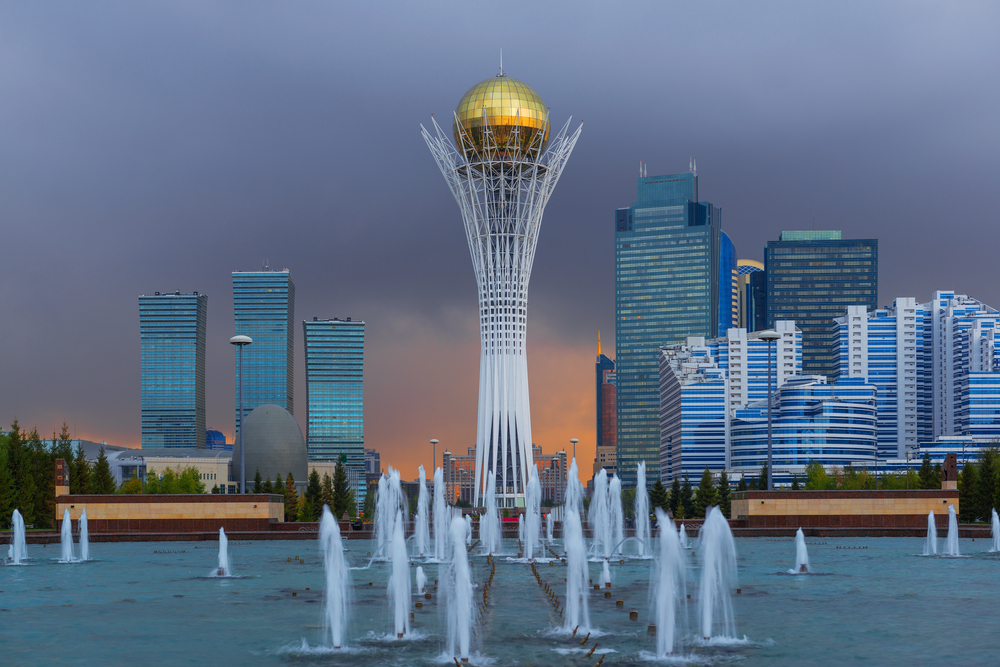
- Total area: 1,052,090 mi² (2,724,900 km²)
- Population: 19,122,423
- Population Density: 18.1/mi² (7/km²)
- Capital: Nur-Sultan
Known as the Land of the Wanderers, Kazakhstan is the ninth largest country in the world with a total area of 1,052,090 mi² (2,724,900 km²).
It is home to 19,122,423 people, 131 ethnicities, and three UNESCO World Heritage Sites. Moreover, the country has the second-largest reserves of chromium, lead, uranium, and zinc.
10. Algeria – 919,595 mi²
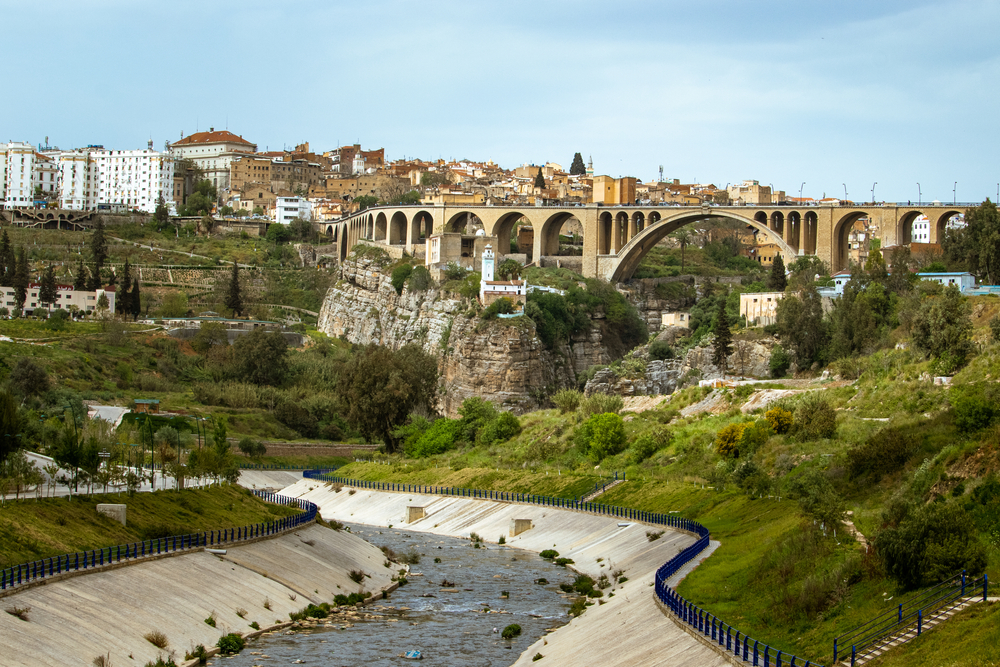
- Total area: 919,595 mi² (2,381,741 km²)
- Population: 44,700,000
- Population Density: 45.8/mi² (17.7/km²)
- Capital: Algiers
Located in North Africa in an area of 919,595 mi² (2,381,741 km²), Algeria ranks tenth on the list. It is bounded by Libya, Niger, Mali, Morocco, Tunisia, and Western Sahara.
About 99% of the ethnic groups are Arab-Berber and 99% are Sunni Islam.
11. The Democratic Republic of the Congo – 905,355 mi²
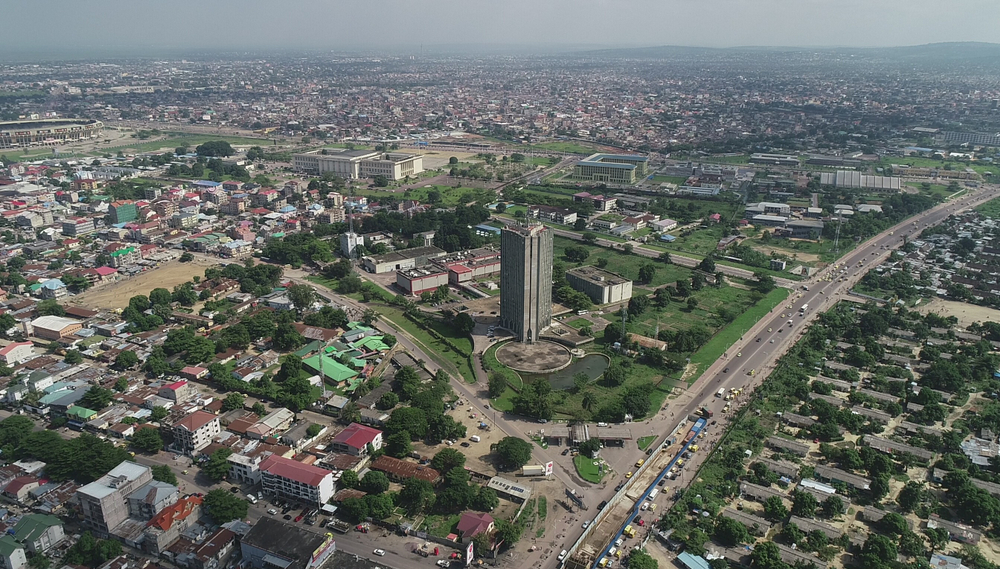
- Total area: 905,355 mi² (2,344,858 km²)
- Population: 108,407,721
- Population Density: 119.9/mi² (46.3/km²)
- Capital: Kinshasa
The second largest country by area in Africa is the Democratic Republic of the Congo, also known as the Congo or Congo-Kinshasa.
It has a total area of 905,355 mi² (2,344,858 km²) with a population of 108,407,721, which also makes it the 14th largest population in the world.
Its economy heavily relies on its natural resources and the mining of copper and diamonds.
12. Greenland – 836,330 mi²

- Total area: 836,330 mi² (2,166,086 km²)
- Population: 56,081
- Population Density: 0.1/mi² (0.028/km²)
- Capital: Nuuk
Greenland is a part of its sovereign state the Kingdom of Denmark. It is an island country that covers a total area of 836,330 mi² (2,166,086 km²) for its 56,081 residents.
Fishing is a major industry that boosts the economy, as well as transportation and mining of minerals.
13. Saudi Arabia – 830,000 mi²

- Total area: 830,000 mi² (2,149,690 km²)
- Population: 34,218,000
- Population Density: 38.8/mi² (15/km²)
- Capital: Riyadh
The Kingdom of Saudi Arabia is the second largest country by area among all Arab countries, with a total area of 830,000 mi² (2,149,690 km²).
It is an Islamic country where most of the population is Arab. The $1.87 trillion GDP (PPP) is among the highest in the world, placing 17th in the rankings.
14. Mexico – 758,449 mi²

- Total area: 758,449 mi² (1,964,375 km²)
- Population: 126,014,024
- Population Density: 158.0/mi² (61/km²)
- Capital: Mexico City
Mexico or the United Mexican States covers a total area of 758,449 mi² (1,964,375 km²) in southern North America.
The country shares borders with the United States on the northern side and Guatemala on the southeastern side.
Its deep and colorful culture, ancient temples, and delectable cuisine make it one of the most fascinating countries to visit.
15. Indonesia – 737,815 mi²
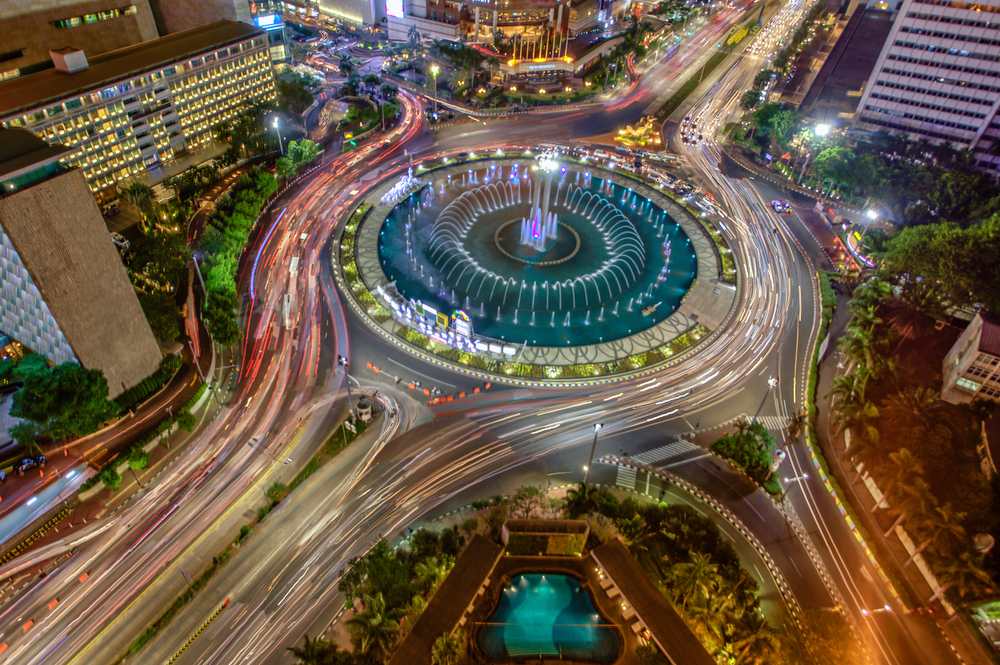
- Total area: 737,815 mi² (1,910,931 km²)
- Population: 275,773,800
- Population Density: 365.2/mi² (141/km²)
- Capital: Jakarta
Indonesia covers an area of 1,910,931 km2, placing it 14th on the list of the largest countries in the world.
Central Kalimantan is the largest province in the country, encompassing 737,815 mi² (153,564 km²). In summary, there are more than 700 regional languages spoken, more than 1,300 ethnic groups, and a majority of the population practices Islam.
16. Sudan – 718,723 mi²
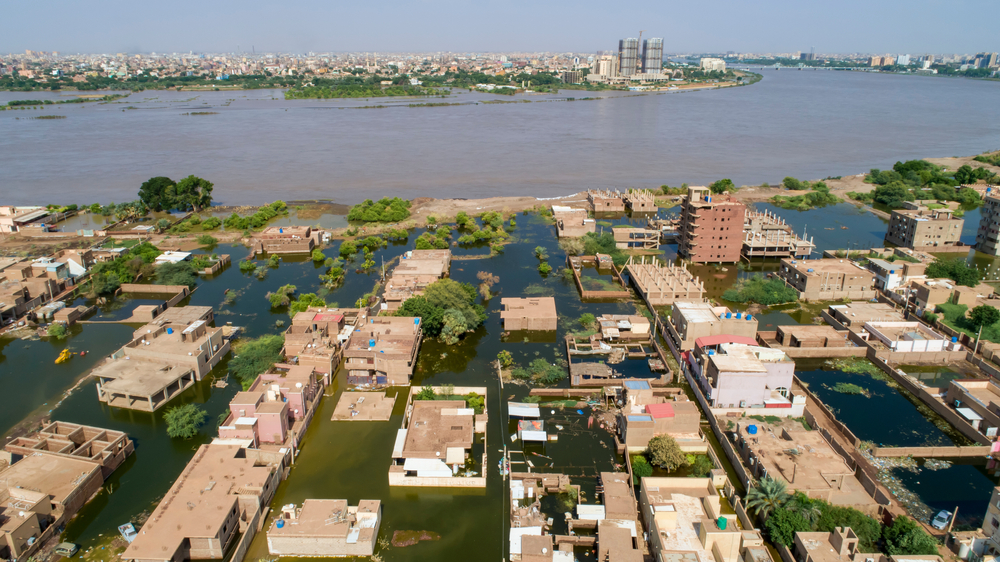
- Total area: 718,723 mi² (1,861,484 km²)
- Population: 45,709,353
- Population Density: 55.2/mi² (21.3/km²)
- Capital: Khartoum
In rankings, Sudan is the 16th largest by area with 718,723 mi² (1,861,484 km²) and the 33d largest by population with 45,709,353 residents.
Moreover, it is the third largest country in Africa, following the Democratic Republic of the Congo as the second largest.
Sudan is known as the country with the most pyramids, having more than 200 all in all.
17. Libya – 679,362 mi²
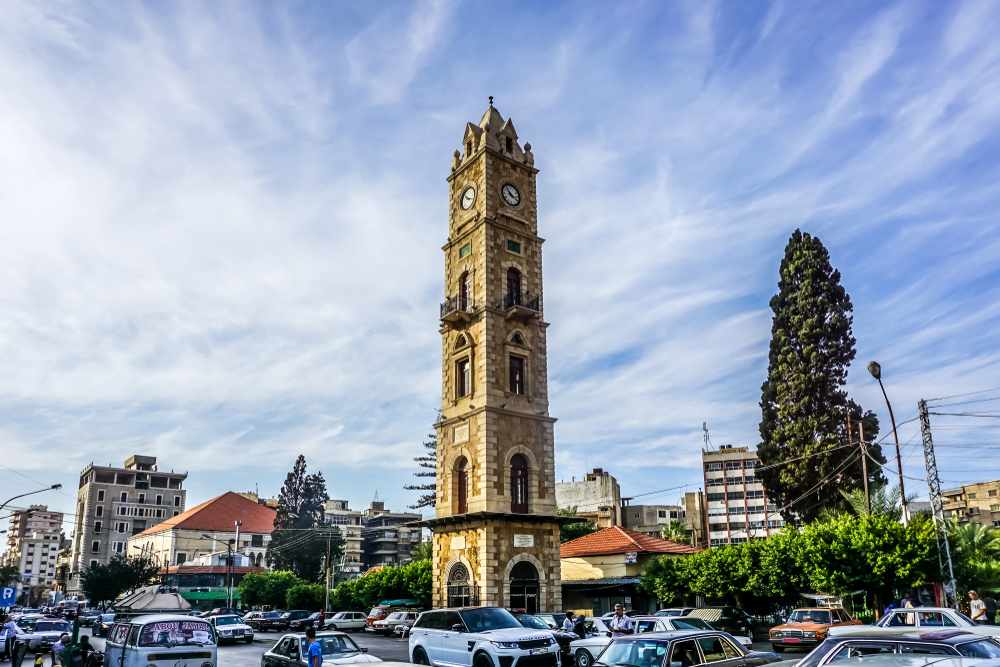
- Total area: 679,362 mi² (1,759,540 km²)
- Population: 7,054,493
- Population Density: 9.7/mi² (3.74/km²)
- Capital: Tripoli
Located in North Africa by the Mediterranean Sea, Libya is Africa’s fourth largest country, stretching a total area of 679,362 mi² (1,759,540 km²).
It has a population of 7,054,493, of which 97% are Islam and 2.7% are Christian. Libya draws tourists around the world thanks to its well-preserved ancient Greek and Roman ruins and beautiful desert sceneries.
18. Iran – 636,372 mi²
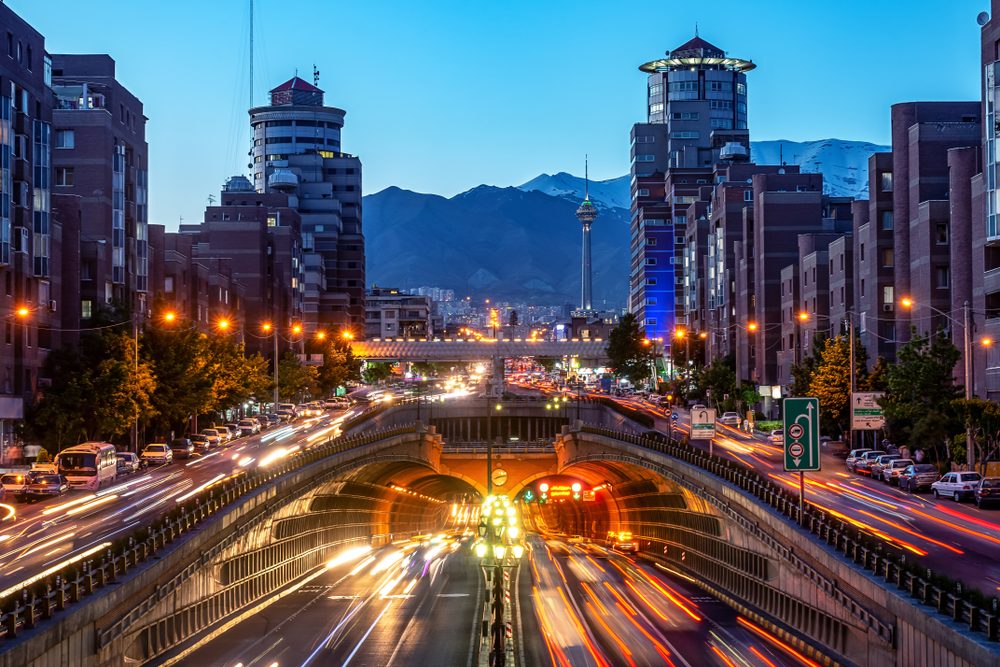
- Total area: 636,372 mi² (1,648,195 km²)
- Population: 83,183,741
- Population Density: 124.3/mi² (48/km²)
- Capital: Tehran
Not only is Iran a major contributor to algebra and algorithms through Al-Khwārizmī, but also one of the most influential countries in art, architecture, and literature.
The country places 18th as the largest country by area 636,372 mi² (1,648,195 km²) and 17th as the largest country by population (83,183,741 people).
Moreover, its total GDP (PPP) of $1.573 trillion makes the country the 21st highest in the world.
19. Mongolia – 603,906 mi²
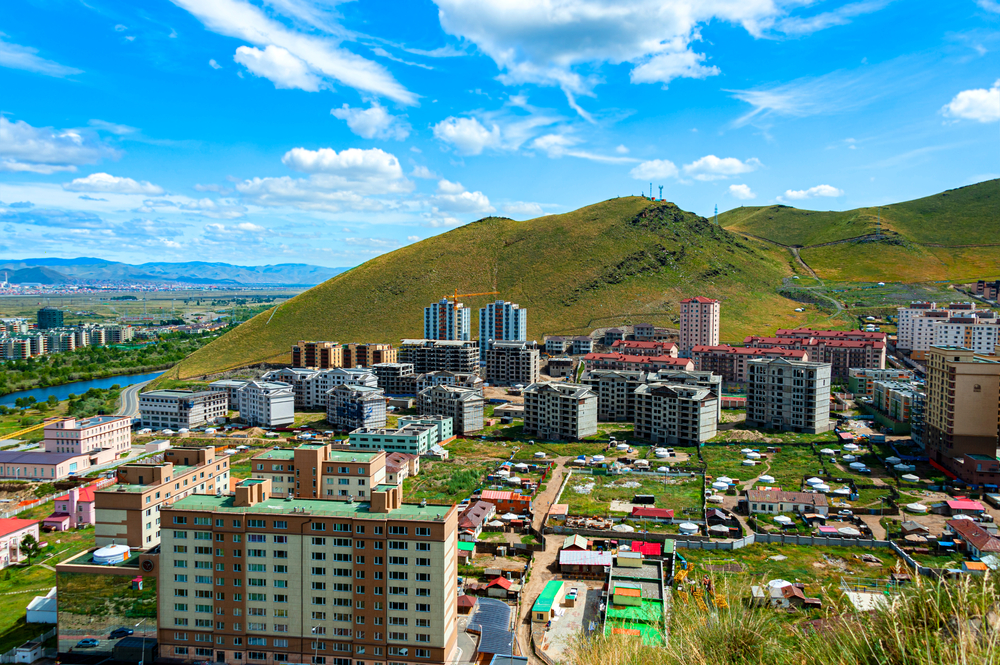
- Total area: 603,906 mi² (1,564,110 km²)
- Population: 3,353,470
- Population Density: 5.4/mi² (2.07/km²)
- Capital: Ulaanbaatar
Mongolia, the largest landlocked country in the world, occupies 603,906 mi² (1,564,110 km²) between Russia and China.
Ulaanbaatar is the country’s capital city and largest city, home to a population of 1,466,125. The country is one of the least populated countries in the world, of which about a quarter of the population is nomadic tribes.
20. Peru – 496,225 mi²

- Total area: 496,225 mi² (1,285,216 km²)
- Population: 34,294,231
- Population Density: 59.6/mi² (23/km²)
- Capital: Lima
The Republic of Peru is a Spanish-speaking country in South America with a population of 34,294,231.
Most Peruvians live in Lima, the country’s capital and largest city with 9,751,717 inhabitants. Some of the most visited tourist destinations of Peru are the Historic Centre of Lima, a UNESCO World Heritage Site, and the mysterious Machu Picchu.
21. Chad – 495,755 mi²
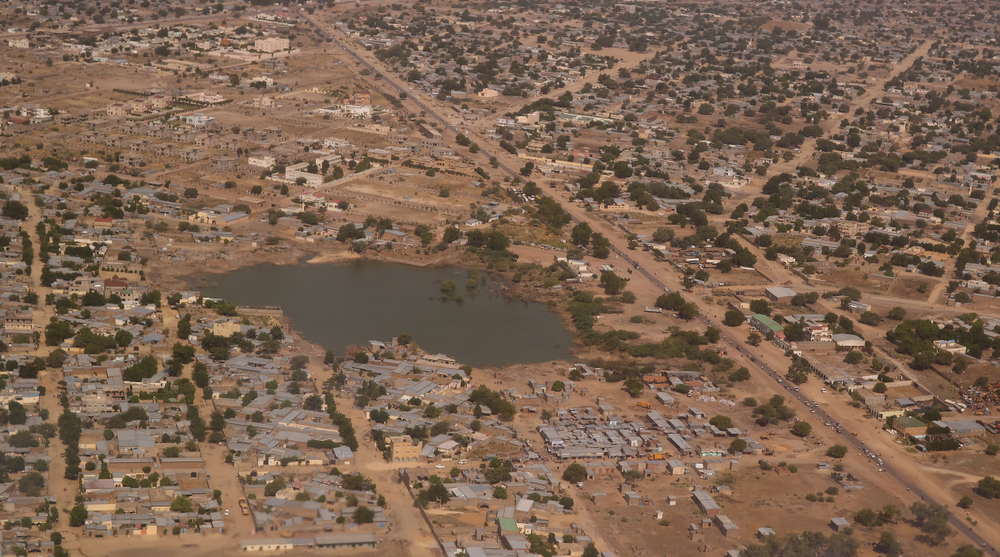
- Total area: 495,755 mi² (1,284,000 km²)
- Population: 16,244,513
- Population Density: 22.3/mi² (8.6/km²)
- Capital: N’Djamena
The Republic of Chad is an African country speaking Arabic and French.
It is home to over 200 ethnic groups such as Sara, Arab, Kanembu, Masalit, and Toubou. Moreover, it covers a total area of 495,755 mi² (1,284,000 km²), of which the Sahara Desert accounts for one-third of the country.
22. Niger – 489,191 mi²
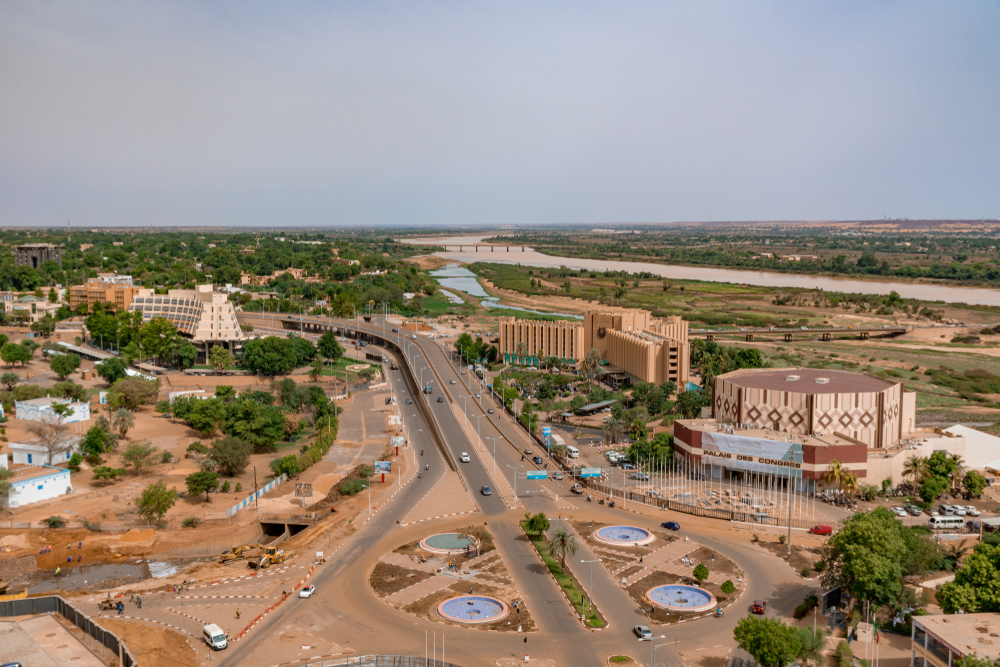
- Total area: 489,191 mi² (1,267,000 km²)
- Population: 24,112,753
- Population Density: 31.3/mi² (12.1/km²)
- Capital: Niamey
In West Africa, the Republic of Niger encompasses 489,191 mi² (1,267,000 km²), of which 80% is covered by the Sahara Desert.
The official language of the country is French, but it also speaks Arabic, Buduma, and Fulfulde as its national languages.
There are 24,112,753 people in the country, of whom 99.3% are Islam.
23. Angola – 481,354 mi²

- Total area: 481,354 mi² (1,246,700 km²)
- Population: 33,086,278
- Population Density: 64.7/mi² (24.97/km²)
- Capital: Luanda
Angola is a Portuguese-speaking country in Africa with an area of 481,354 mi² (1,246,700 km²), ranking it the seventh-largest African country and the 23rd largest in the world.
The country is rich in natural resources and is home to impressive landscapes. Luanda is its capital city and the largest city with 8,330,000 residents in the metro.
24. Mali – 478,841 mi²

- Total area: 478,841 mi² (1,240,192 km²)
- Population: 21,473,764
- Population Density: 30.3/mi² (11.7/km²)
- Capital: Bamako
Located in West Africa, the Republic of Mali is known for its ancient architecture and UNESCO World Heritage site, the city of Timbuktu.
It is a French-speaking country known for its gold and salt mines and major trading routes.
The Malian population comprises 92.9% Sunni Islam and several ethnic groups including Bambara, Fula, and Soninke.
25. South Africa – 471,445 mi²
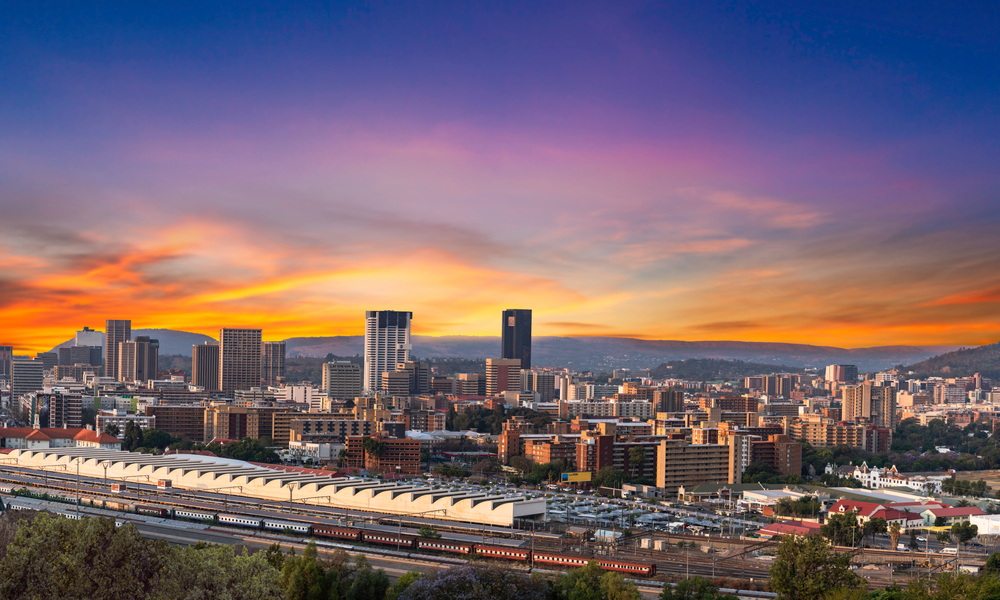
- Total area: 471,445 mi² (1,221,037 km²)
- Population: 60,142,978
- Population Density: 109.8/mi² (42.4/km²)
- Capital: Pretoria (executive), Cape Town (legislative), and Bloemfontein (judicial)
South Africa lies in southern Africa, spanning an area of 471,445 mi² (1,221,037 km²) with 60,142,978 inhabitants.
Of the total population, 80.7% are Black, 8.8% are Coloured, 7.9% are White, and 2.6% are Asian.
The country’s economy is driven by diverse industries such as tourism, mining, and technology.
26. Colombia – 440,831 mi²
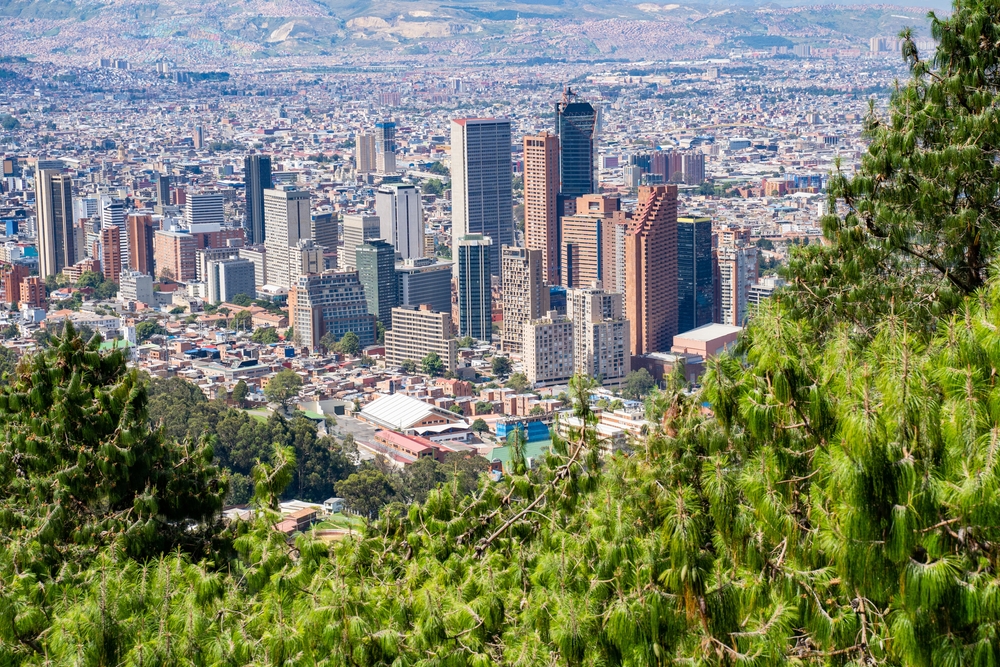
- Total area: 440,831 mi² (1,141,748 km²)
- Population: 50,372,424
- Population Density: 109.4/mi² (42.23/km²)
- Capital: Bogotá
From being a top exporter of coffee to producing exotic fruits, Colombia is a captivating country with many impressive attributes.
Mining, oil, and agriculture are some of its economic sources. It is one of the most biodiverse countries in the world, holding over 4,000 types of orchids and several diverse landscapes from its 60 national parks.
27. Ethiopia – 426,373 mi²
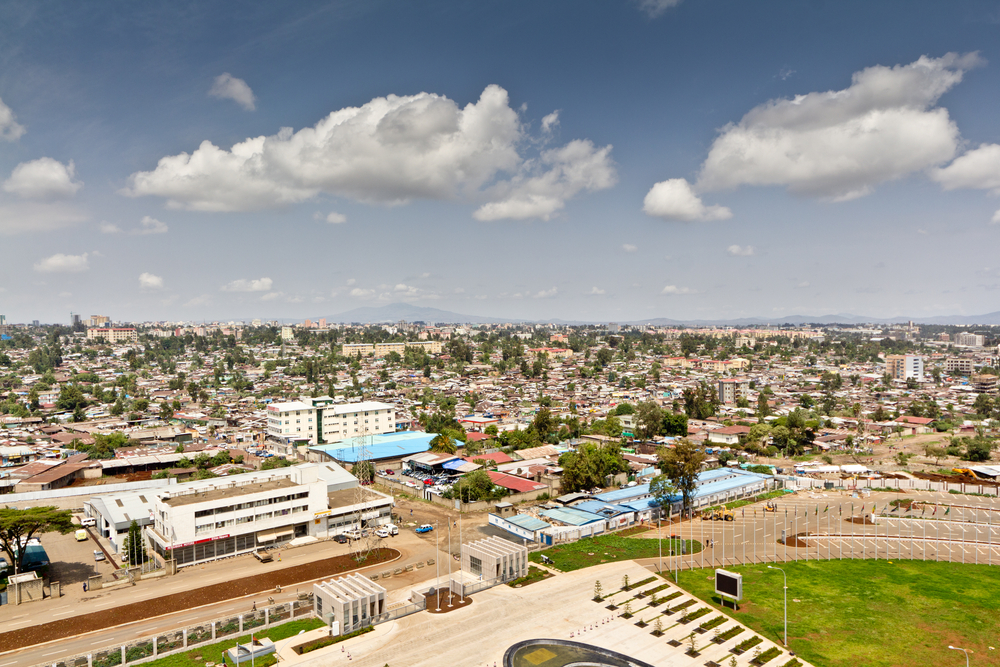
- Total area: 426,373 mi² (1,104,300 km²)
- Population: 117,876,227
- Population Density: 240.1/mi² (92.7/km²)
- Capital: Addis Ababa
Known as the origin of coffee and the oldest African country, Ethiopia is the 27th largest country in the world and stretches an area of 426,373 mi² (1,104,300 km²).
Moreover, it has the most UNESCO World Heritage Sites and the most mountains in Africa with a total of 1,948.
The country also ranks 12th in the most populated countries in the world with 117,876,227 residents.
28. Bolivia – 424,164 mi²

- Total area: 424,164 mi² (1,098,581 km²)
- Population: 11,428,245
- Population Density: 26.9/mi² (10.4/km²)
- Capital: La Paz (executive and legislative) and Sucre (constitutional and judicial)
Bolivia or the Plurinational State of Bolivia lies in South America with a total area of 424,164 mi² (1,098,581 km²). It is home to 11,428,245 people who speak Spanish, Aymara, Guarani, Quechua, and several Indigenous languages.
It is a landlocked country bounded by Brazil, Argentina, Chile, Paraguay, and Peru.
29. Mauritania – 397,955 mi²
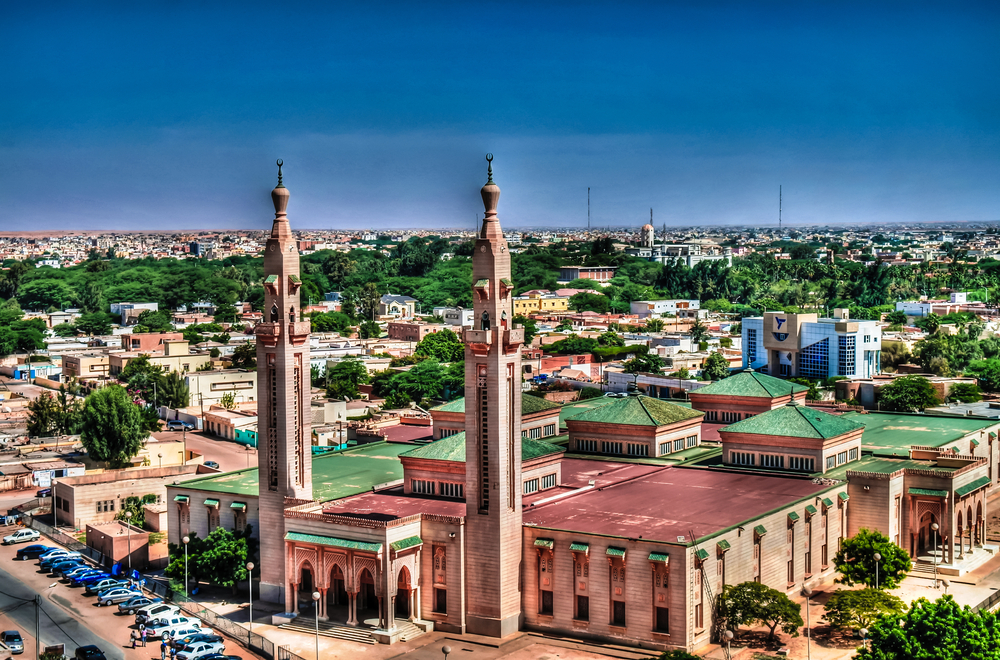
- Total area: 397,955 mi² (1,030,700 km²)
- Population: 4,614,974
- Population Density: 8.8/mi² (3.4/km²)
- Capital: Nouakchott
The Islamic Republic of Mauritania is an Islamic country where most people are Arabic speakers and practice Sunni Islam.
When oil was uncovered in 2001, it became one of the newest oil producers in Africa. Aside from the oil industry, its economy also thrives in agriculture, livestock, and fishing.
30. Egypt – 387,048 mi²

- Total area: 387,048 mi² (1,002,450 km²)
- Population: 102,674,145
- Population Density: 264.2/mi² (102/km²)
- Capital: Cairo
Ancient Egyptian civilization, historic pyramids, and the Nile River are some of the first things that come to mind when Egypt is mentioned.
Aside from these popular attributes, it is worth noting that Egypt also invented the 365-day calendar, has Africa’s largest city called Cairo and has the 14th largest population in the world with 102,674,145 residents.
It is the 30th largest country by area in the world, covering 387,048 mi² (1,002,450 km²) of area, which is 95% desert.






